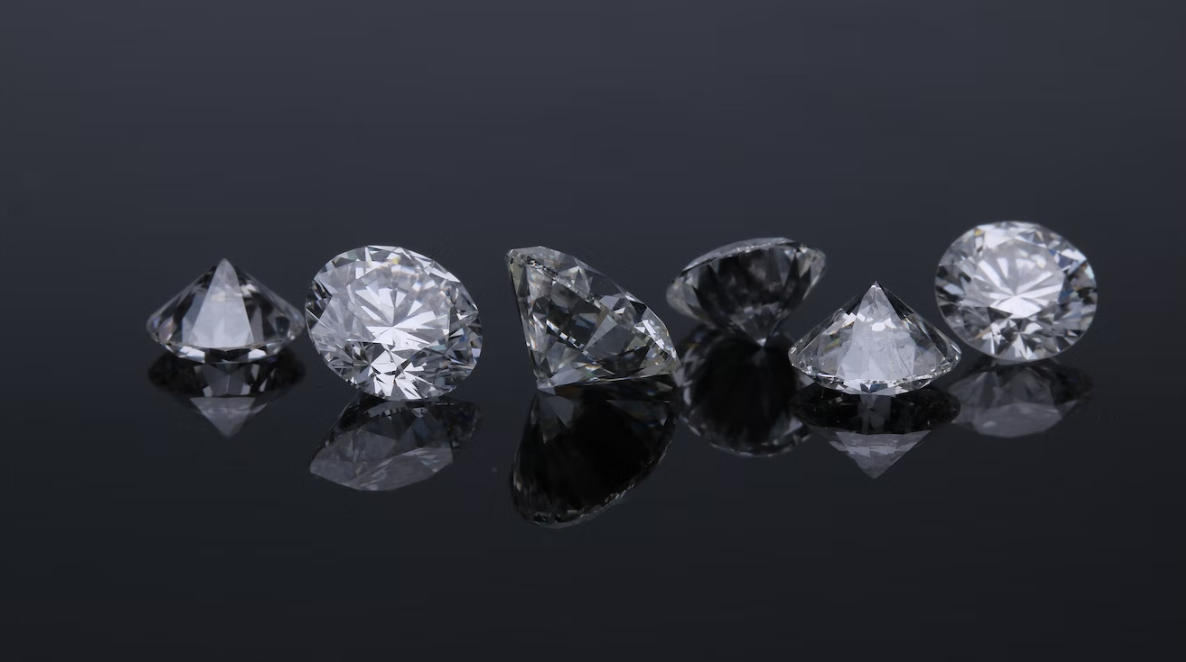
Every diamond has a history and rarely is it perfect. Even the finest quality stones have minor imperfections. Only some of them are considered defects. However, there are imperfections to beware of.
What is considered a defect in a diamond?
A diamond is associated with something perfect. Some Imperfections make each stone unique. According to their origin, diamond defects can be natural or caused by processing.
Internal defects in diamonds.
These are natural imperfections. Some of them affect only the appearance, while others threaten the integrity of the stone and can spoil even simple promise rings.
-
Crystalline or mineral inclusions
Deterioration in the play of light. A facet where inclusions show up is difficult to engrave.
-
Structural defects
They look like fog areas, but a small number of these do not affect brilliance. However, if there are many such inclusions, they may affect clarity.
-
Cleavage cracks
They run straight and parallel to one another in one direction. The diamond will quickly break upon impact and mechanical stress.
-
Feather inclusions
These cracks look like white feathers in the light. As a rule, the “longevity” of a diamond is affected only by the deep feathers that reach its surface.
-
Double seams
Streaks in the lower part. It is almost unrealistic to get a perfect polish when cutting.
The external defects of diamonds.
External defects are those imperfections that show up on the surface of the cut.
Three types of external imperfections may be present on a stone:
- Natural imperfections;
- Imperfections that occurred during the treatment of the stone;
- Flaws that are caused by mechanical damage.
Faceting is the most time-consuming and vital stage in turning a diamond into a brilliant one. Cutters face the difficult task of finding a compromise between the size of a crystal and the quality of its cut. The goal of a good edge is to find a shape that will allow him to preserve as much of the stone as possible and ensure all of its facets are flawless.
Unfortunately, the perfect cut is not always possible. Roughing and polishing flaws may appear on the surface of a crystal, which spoils its appearance and lowers its price in the jewelry market.
External Defects
-
Natural cuts of a crystal
As a rule, they do not have a considerable influence on the shine of the stone and are not considered when assessing the cut.
-
Bevels
Beads of medium to very large size are most often of a step structure. Their presence influences the clarity, as they are quite noticeable.
-
Auxiliary facets
They do not influence the luster of a gem and are proof of the diamond’s natural origin.
A fringe on the girdle. Minor abrasions and cracks penetrate the stone for a small distance. It becomes contaminated in a short time. Dust and grease fill in the voids, giving a gray, unattractive hue to a diamond piece.
-
Burn marks
It is caused when the stone’s surface becomes excessively hot due to friction. Those are pale, milky spots. It pits them against the shine. But they are quickly removed by additional polishing with a slight weight loss.
Diamonds without flaws are scarce and expensive. However, only some flaws significantly affect the quality of a stone.


